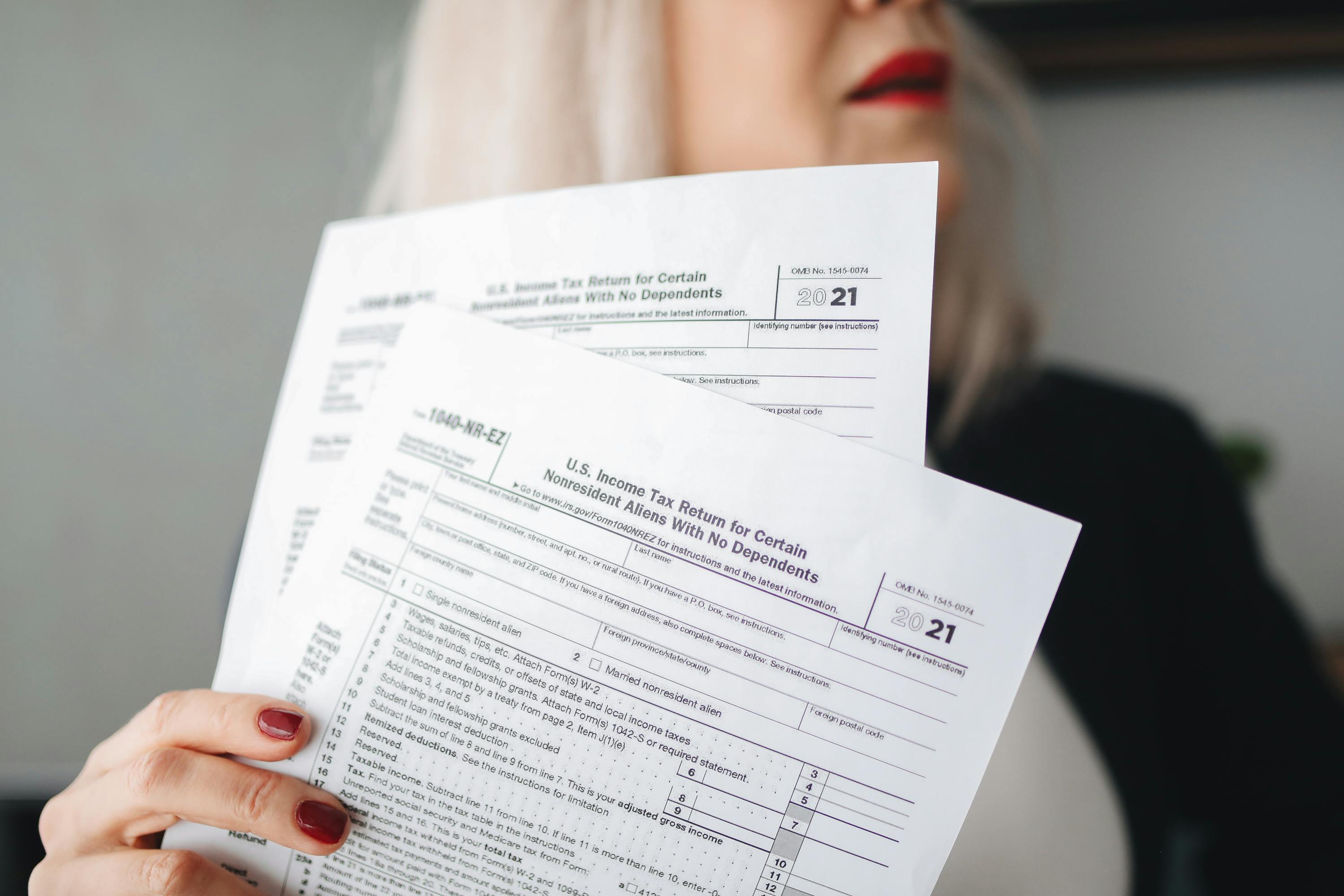Key Takeaways
- Most benefits are managed through the employer’s HR or benefits department, not through probate.
- You’ll need to provide a certified death certificate to start each claim.
- Different benefit types: retirement, pensions, stock, or insurance follow separate procedures.
- Processing times vary: insurance claims are usually quickest, while pensions and 401(k)s can take months.
- Tax treatment depends on the benefit type; some payouts are tax-free, others are taxable income.
When a loved one dies, their employer benefits can include more than just a paycheck. Many people are surprised to learn that retirement accounts, stock plans, and even life insurance policies may be tied to their job, and each one follows its own process after death.
If you have authority to act, knowing how to identify, notify, and claim these benefits can save families time, stress, and uncertainty. Here’s how the process usually unfolds.
{{blog-cta-checklist-small}}
Step 1: Identify the Employer and Benefit Types
Begin by listing the deceased’s most recent employers and any jobs they held in the past few years. Review pay stubs, HR documents, or employee portals to see what programs were active.
Common benefit types include:
- 401(k) or 403(b) plans
- Pensions (especially for long-term or union employees)
- Employer stock or RSUs
- Employee Stock Purchase Plans (ESPPs)
- Group life insurance
- Health Savings Accounts (HSAs) or other employee wellness funds
You can also contact the HR department to confirm what benefits were still active at the time of death.
Step 2: Notify the Employer or HR Department
Once you know which company to reach out to, contact their HR or benefits administrator.
Be prepared to:
- Provide a certified death certificate (or several copies)
- Share your name, relationship to the deceased, and contact details
- Ask HR to confirm which benefits are available and send instructions for each claim
HR departments usually act as a central hub. They don’t pay out funds themselves but will connect you to the correct plan administrator or insurance carrier.
Step 3: Gather Required Documents
Each plan or policy may ask for slightly different documentation, but most will require:
- A certified death certificate
- Beneficiary designation forms (already on file with the employer)
- Your government-issued ID
- Proof of relationship, such as a marriage certificate or birth certificate
- Guardianship documents if the beneficiary is a minor
Keep multiple copies of everything. Many institutions require originals or certified copies.
Step 4: File the Claims
Each benefit type follows its own claim process:
- 401(k) or 403(b): Beneficiaries complete a claim packet and choose how to receive the funds. Options include direct rollover, installment payments, or lump sum.
- Pension: A surviving spouse or dependent applies for ongoing survivor benefits or a one-time payout.
- Stock options or ESPP: The plan administrator handles the transfer or sale of shares according to plan rules.
- Group life insurance: A claim form is filed with the insurer, and once approved, the payout is made to the listed beneficiary.
Tip: If you’re not sure who manages the plan, HR can provide the contact information for each administrator.
Step 5: Understand Timelines and Next Steps
Processing times vary by benefit type:
- Group life insurance: 1–4 weeks after documentation is received
- Stock or ESPP: A few weeks, depending on plan complexity
- 401(k) or retirement plans: Several weeks to a few months
- Pensions: Often several months, particularly for survivor benefit approval
Be patient but persistent, keep a log of every call, submission, and confirmation number. Following up every few weeks helps prevent delays.
Step 6: Review Tax and Financial Implications
Not all benefits are taxed the same way:
- 401(k) or pension payouts are typically taxable income unless rolled over into another account
- Group life insurance proceeds are usually tax-free
- Stock or ESPP shares may have capital gains if sold later
Before taking distributions, it’s often helpful to consult a tax preparer or financial advisor to avoid surprises when filing the final return.
Step 7: How Elayne Can Help
Elayne can simplify the process by helping families:
- Identify which employer benefits may exist
- Locate plan administrators through HR or public databases
- Generate pre-filled letters or claim request templates
- Provide checklists for documents, timelines, and follow-ups
Our goal is to make the process easier, more transparent, and less stressful, so families can focus on healing, not paperwork.
Final Thoughts
Claiming employer benefits after a death can feel like piecing together a puzzle: multiple plans, separate administrators, and different rules. But once you know the sequence—identify, notify, gather, file, follow up—it becomes a lot more manageable.
Every form you submit helps close another loop, and moves you one step closer to completing the process.
{{blog-cta-checklist-large}}
FAQs
1. Who should I contact first about employer benefits?
Start with the employer’s HR department. They can confirm all active plans and connect you with the right administrators.
2. What documents do I need to file a claim?
A certified death certificate, your ID, proof of relationship, and any beneficiary paperwork on file.
3. How long do these claims take?
Group life insurance can take weeks; retirement or pension claims may take months.
4. Are employer benefits taxable?
Retirement payouts are taxable unless rolled over; group life insurance benefits are tax-free.
5. Can Elayne help track multiple benefits?
Yes. Elayne helps families organize claims, reminders, and documents across different employer plans.
*Disclaimer: This article is for informational purposes only and does not provide legal, medical, financial, or tax advice. Please consult with a licensed professional to address your specific situation.


















































